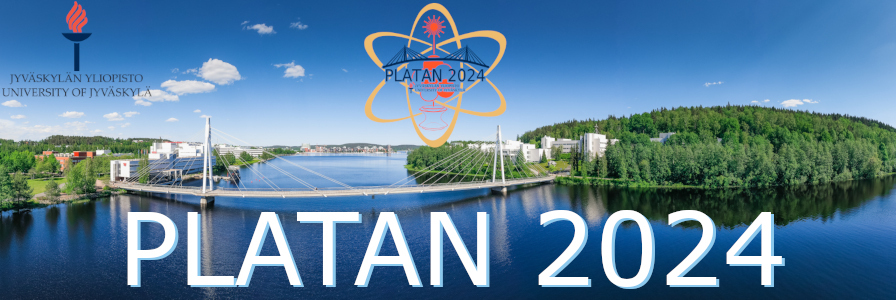Speaker
Description
The region of refractory metals below tin exhibits a diverse spectrum of nuclear phenomena, i.e., strong deformations and shape coexistence. Particularly, in the neutron-rich Ru isotopes, there are hints for triaxial ground state deformations. To investigate nuclear ground-state properties of short-lived isotopes with collinear laser spectroscopy, a new collinear setup, ATLANTIS – the Argonne Tandem hall LAser beamliNe for aTom and Ion Spectroscopy– was installed at the low-energy branch of CARIBU at Argonne National laboratory. There, the CARIBU californium-252 fission source can uniquely produce sufficiently intense low-energy ion beams of neutron-rich isotopes in this part of the nuclear chart.
Laser spectroscopy was successfully performed in $^{96,98-102,104,106-114}$Ru and charge radii as well as electromagnetic moments were extracted. In this talk, the results will be presented and compared with the latest Brussels models BSkG1, BSkG2 and BSkG3 which are energy density functional calculations of the Skyrme type that include triaxiality. Furthermore, an outlook of future laser spectroscopy endeavors at Argonne National Laboratory will be given.
This work was supported by DFG – Project-Id 279384907-SFB 1245, BMBF 05P19RDFN1 and NSF Grant No. PHY-21-11185, and by the U.S. Department of Energy, Office of Nuclear Physics, under Contract No. DE-AC02-06CH11357, with resources of ANL’s ATLAS facility, an Office of Science User Facility.

